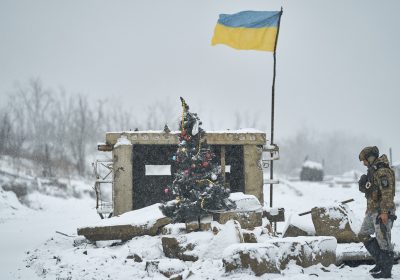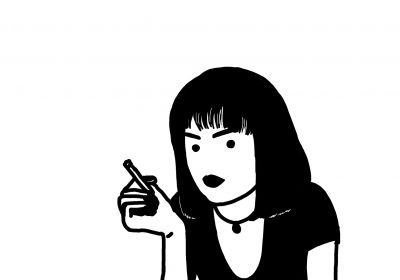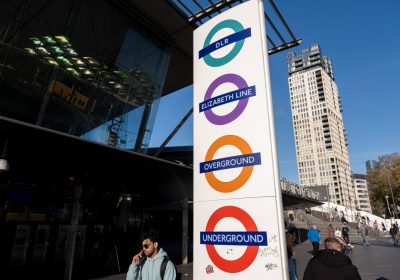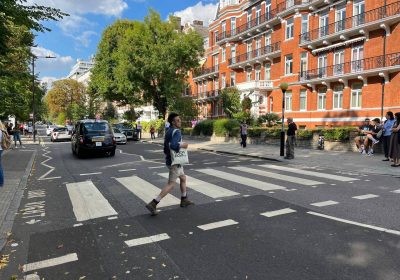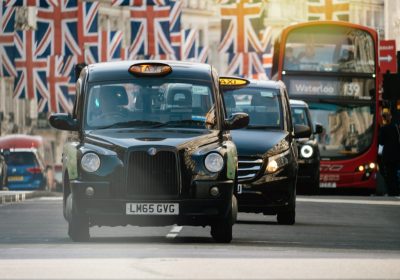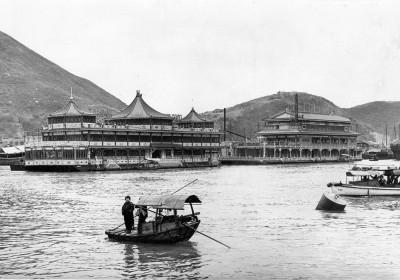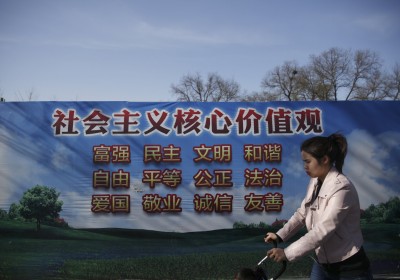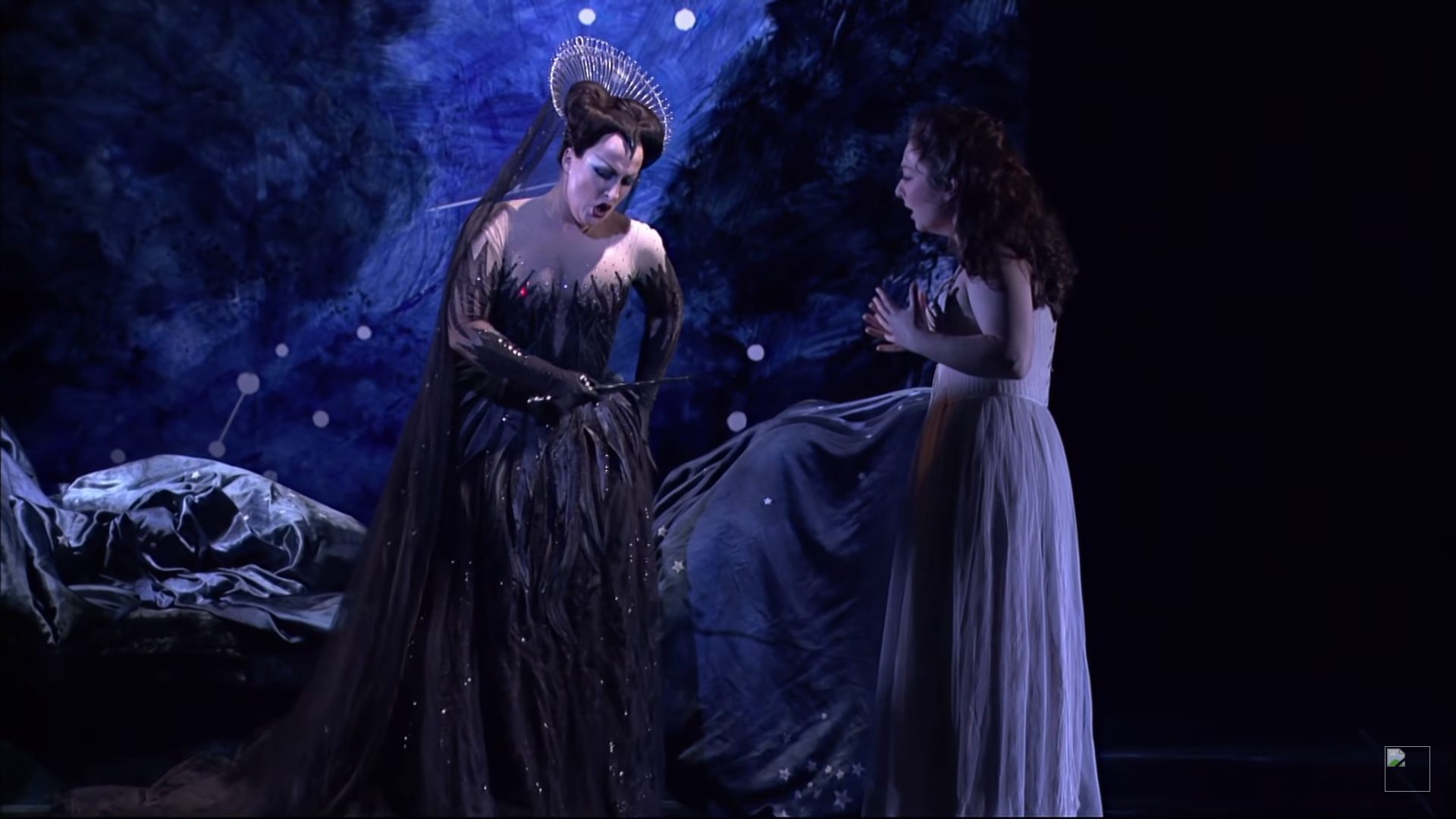
Since it began operations back in 1863, the London Underground (colloquially known as The Tube) has consistently been one of the busiest metro systems around the world. It has eleven lines and, having travelled on each of them frequently since I moved to London a year ago, I have discovered that every line was just like a piece of classical music, each with its own distinct musical features and characteristics. Some are more delightful than the others. Some are just not my cup of tea. But all of them paint a musical canvas that stretches and bolsters my imagination.
Jubilee Line
I always joke that I boarded the Jubilee Line as Mozart, but I got off the Jubilee Line as Beethoven. All of my friends did not understand this one-liner until they also had the opportunity to travel on this line. Opened in 1979, the Jubilee Line was the newest addition to the tube network and somehow it was also the noisiest one. Perhaps due to its nature as a deep tube line with numerous twists and turns, Jubilee Line trains constantly, and I mean constantly, generate screeching, scraping and scratching sounds. This is both excruciating and irritating. Indeed, grimacing passengers often put their fingers in their ears in an attempt to block out some of those noises while drivers would wear earmuffs to protect their hearing.
This reminds me of the ultra-cacophonic Notation II by Pierre Boulez. As far as I am concerned, this large-scale orchestral work cannot be considered as music. Instead, it is a constant, brutal onslaught on our hearing and a powerful weapon to drive us to the edge of madness.
When I first travelled on the Jubilee Line as a twelve-year-old kid, I genuinely thought that there were angry, hungry monsters hiding in the tunnels. Maybe there were.
- Pierre Boulez conducting Berliner Philharmoniker in his work Notation II.
Central Line
As the busiest tube line (in terms of the number of journeys taken on it), I am not surprised that I always found the Central Line to be the dirtiest on the network. Sandwich wrappers, newspapers, face masks, empty bottles and used tissues are frequently seen on the floor or on the seats of the carriages, while the windows on the trains are also inexplicably dirty. However, what really distinguishes the Central Line from its peers is its lighting, or perhaps more accurately, the lack of it. I have no idea why, but the light tubes onboard this line are always dim, fainty and gloomy, creating a dull, lacklustre and unpleasant atmosphere, as though all joy has been sucked out. I try to avoid travelling on this line at all costs since it offered me nothing but a dizzying, depressive vibe.
In the unfortunate event that I had to take a trip onboard the Central Line, the first movement of Rachmaninov’s Second Piano Concerto always crept into my mind automatically. The Russian composer was subject to constant, severe depression and his masterpiece was written after attending hypnosis treatment from a certain Dr. Nicolai Dahl. As a result, there is a particularly anesthetic, trance-inducing quality to this work, which perfectly reflects the weird and depressive mood of the Central Line.
- Rachmaninov’s Second Piano Concerto.
Piccadilly Line
The Piccadilly Line serves some of central London’s most popular stations for visitors to the United Kingdom, from Knightsbridge, to Green Park, Leicester Square and Holborn, which cover landmarks such as Harrods, Buckingham Palace, China Town, Soho and the British Museum. It is also the only tube line to serve the country’s busiest airport: London Heathrow. Unsurprisingly, the Piccadilly Line is often packed with tourists excited to begin their holiday in Britain, keen to explore different famous sights or simply impatient to start enjoying the plethora of pubs and bars on offer in the capital.
This also means that the Piccadilly Line is always filled with very chatty people with high spirits, excellent moods and an ecstatic frame of mind. Almost every time I was onboard this line, I heard tourists chattering away about restaurants, nightlife, football matches or just how they intended to make the most of their time in the country.
The conversations of enthusiastic tourists and partygoers on the Piccadilly Line are, by no means, as noisy as those mechanical clamour of the Jubilee Line. In fact, I found the former rather amusing and life-affirming. As such, the Piccadilly Line is just like the Queen of the Night aria from Mozart’s The Magic Flute. Noted for its virtuosic coloratura soprano part with numerous staccato notes on the upper register, this brilliant aria emits a combination of pure enjoyment and slight annoyance, sentiments I often had whenever I travelled on the Piccadilly Line.
Coincidentally, the Piccadilly Line also has a station at Covent Garden, home of the world-renowned Royal Opera House, where Mozart’s masterpiece has been performed hundreds of times.
- Der Hölle Rache – the famous Queen of the Night aria from Mozart’s The Magic Flute performed by Diana Damrau.



